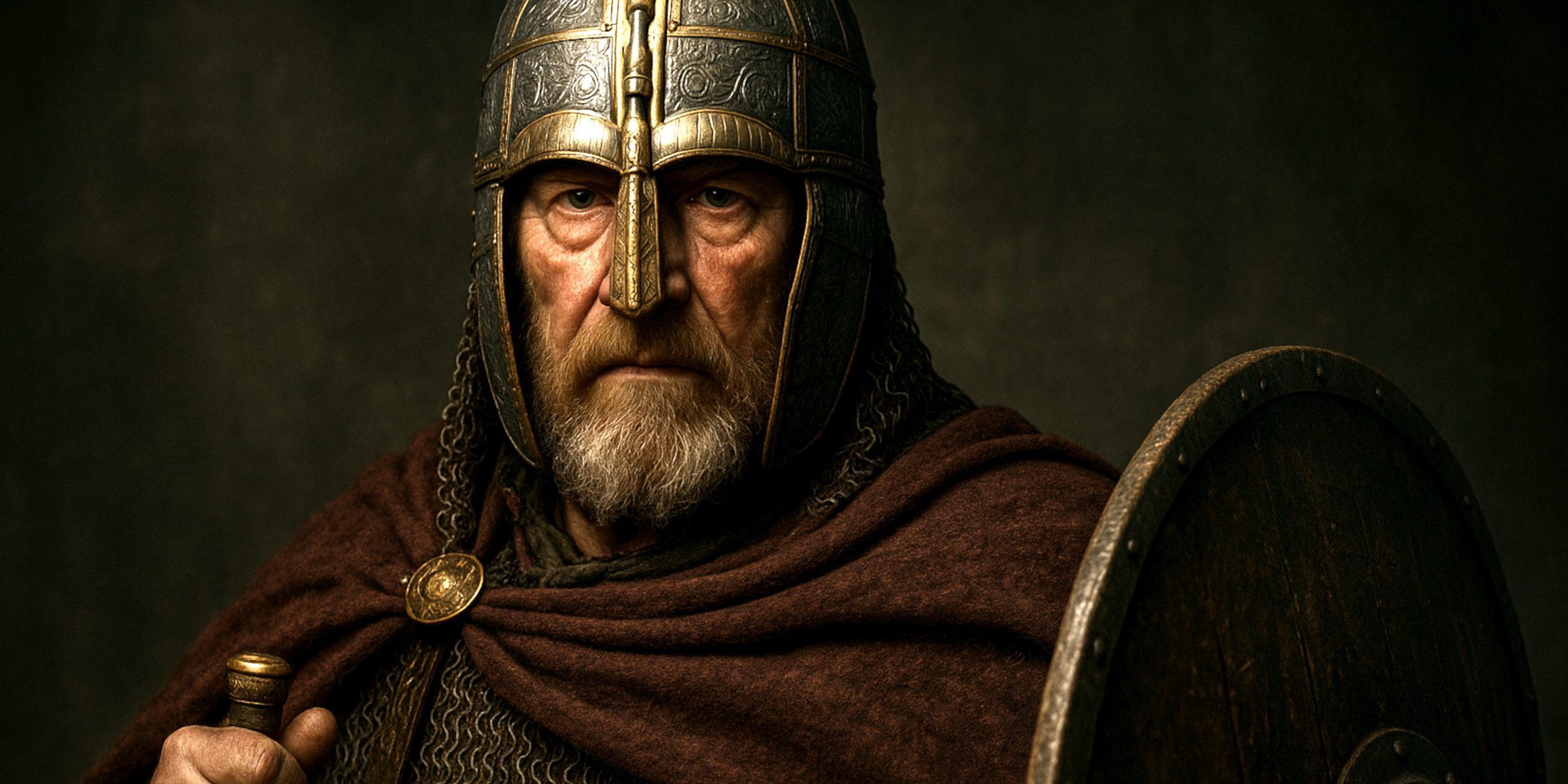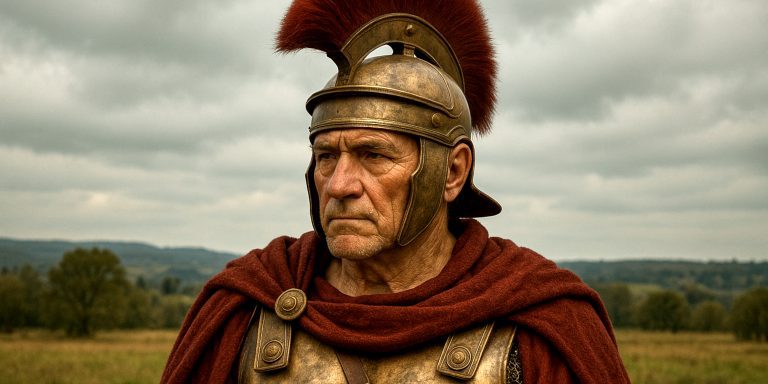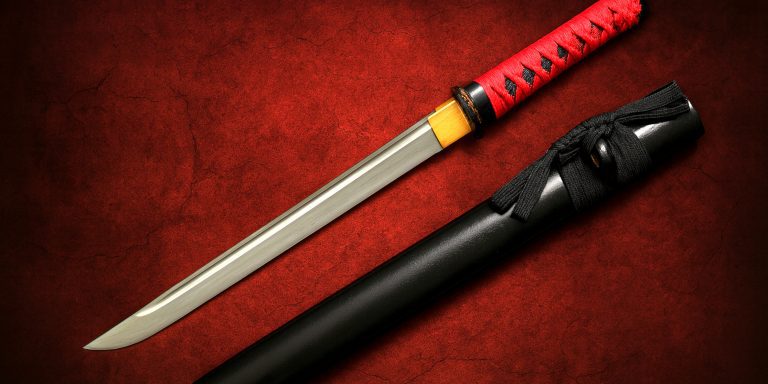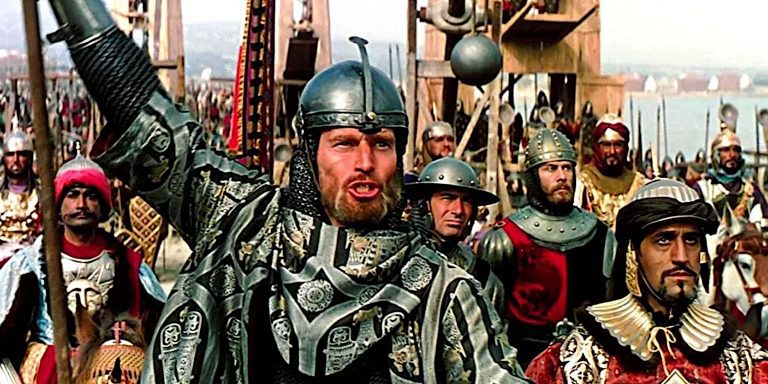
Wuffa sits in that early medieval fog where the line between history and memory blurs a little. He is treated as the founder of the Wuffingas dynasty, the family that shaped East Anglia long before the scribes felt the urge to record events with any real discipline. Writing about him feels a little like trying to read a weathered inscription by torchlight. You make out shapes, you sense intention, yet you are always aware of how much has been lost.
To be frank, this is what makes him interesting. The bones of his story are thin, but the echoes that remain helped set the stage for figures like Rædwald and the splendour of Sutton Hoo.
Below is what we can say with any confidence, seasoned with a historian’s cautious enthusiasm.
Origins And Identity
Wuffa appears in the Anglo Saxon Chronicle and in Bede’s genealogy as an early East Anglian ruler. They present him as the father of Tytila and the grandfather of Rædwald. Whether he led a coherent kingdom or a loose collection of tribes is still debated, but whatever authority he held was enough for later generations to treat him as a dynastic anchor.
The name itself likely comes from wulf, a clear sign that the wolf, with all its associations of kin loyalty and predation, sat close to the early royal imagination. If nothing else, this tells us something about how the Wuffingas wanted to be remembered.
Arms And Armour
(Reconstructed From Context Rather Than Direct Evidence)
Nothing survives that can be directly tied to Wuffa himself. Still, the martial culture of sixth century East Anglia is well documented through archaeology from his dynasty’s later generations.
Typical Equipment For A Leader Of His Era
- A pattern welded sword carried in a suspension scabbard. Blades of this date were usually broad with a shallow profile, designed for cutting from horseback or on foot in loose shield clusters.
- A round shield with an iron boss, wooden board, and a leather facing. Decoration was not uncommon, although whether Wuffa’s shield carried dynastic motifs is anyone’s guess.
- A spear used both for thrusting and for casting. The spear was still the foundational weapon for Anglo Saxon warfare at this time.
- A helmet was possible but not guaranteed. The Sutton Hoo helmet comes later, but its extravagance hints at an older tradition of elite war gear.
- Mail was rare in Britain before the seventh century, so Wuffa may have fought with only shield and skill for protection.
When I imagine Wuffa riding at the head of his retinue, I picture a relatively modest but confident war leader, armed for mobility rather than armour loaded grandeur.
Battles And Military Acumen
Frustratingly, not a single battle involving Wuffa is recorded by name. Yet the simple fact that his line endured suggests a leader capable of both war and diplomacy. East Anglia in his period sat between several pressures. To the north were the Northumbrian interests that would later expand southward. To the west were the Mercian tribes developing their own ambitions. To the south lay Kent with its earlier continental connections.
Wuffa’s reign may have involved:
- Securing coastal settlements and inland river systems that shaped the later kingdom.
- Managing raids or counter raids across the fen edge where minor conflicts were almost a seasonal rhythm.
- Building kin networks that helped his descendants claim legitimacy strong enough for Rædwald to become Bretwalda.
There is a certain quiet competence in a ruler who leaves no heroic tales but whose descendants dominate the landscape. I suspect Wuffa was that sort of figure. More practical than theatrical, more organiser than battlefield icon.
Latest Archaeology And What It Suggests
Archaeology for Wuffa’s era leans heavily on the finds at Sutton Hoo and the wider East Anglian burial landscape. These post date him but reflect traditions his dynasty nurtured.
Key developments include:
- Sutton Hoo Mound One which likely belonged to Rædwald. The regalia here hints at a royal ideology that must have been evolving during Wuffa’s lifetime.
- Snape Ship Burial from roughly the same cultural horizon which supports the idea of East Anglian elites with strong maritime ties.
- Ipswich ware distribution studies which show the emergence of a centralised trade network in the region. This development probably had its groundwork laid in Wuffa’s generation.
- Continental artefact links found in Suffolk burials that suggest a dynasty looking outward across the North Sea rather than turning inward.
Nothing in these finds spells out Wuffa’s name, but they illuminate the sort of world that produced him.
Where To See Artefacts From His Era
Although there is no confirmed piece labelled as “Wuffa’s”, several museums hold collections from his century and dynasty.
- The British Museum, London displays the full Sutton Hoo assemblage including the helmet, shield, sword, and fittings that define the Wuffingas aesthetic.
- Sutton Hoo Visitor Centre (National Trust, Suffolk) offers a closer connection to the landscape that shaped early East Anglian kingship. Standing on the ridge overlooking the Deben, you feel how a dynasty could emerge here with ease.
- Ipswich Museum holds early Anglo Saxon material from the region, including pottery and weapon fittings from Wuffa’s era.
If you want the truest sense of his world, walk the river valleys of Suffolk in winter. The cold sits low, the light comes in silver, and the land feels old enough to remember him.
Personal Reflections As A Historian
Wuffa intrigues me because he is both essential and elusive. He is the quiet ancestor whose existence is felt through the weight of what follows. You never quite see him face to face, yet you cannot deny the outline he left behind.
I sometimes think of him as the sort of leader who never expected to be remembered. He almost certainly did not picture his name being recited by Bede or used by modern scholars trying to map out early English state formation. That unintentional legacy gives him a strange charm.
Writing about Wuffa is a reminder that history is not only made by the celebrated. It is shaped by steady hands working behind the curtain, long before the curtain is ever drawn.



